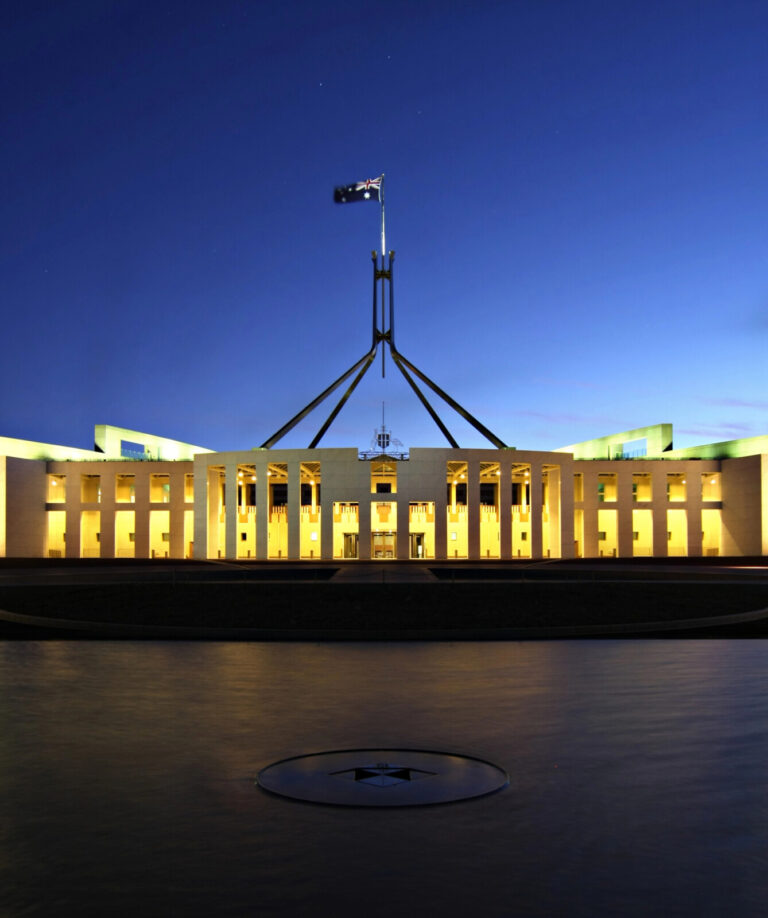2024-25 Federal Budget Recap
In his 2024 Federal Budget speech, treasurer, Jim Chalmers, announced that ‘The number one priority of this government and this Budget is helping Australians with the cost of living’. But what exactly does that mean? Let’s take a closer look at what the 2024 Budget proposes – An average tax cut of $1,888 in 2024-25 The budget proposes significant tax relief for ALL Australian taxpayers to alleviate cost-of-living pressures, including reduced tax rates, adjustments to the income thresholds, and increased low-income thresholds for the Medicare levy. This measure aims to boost disposable income and encourage economic activity by allowing Australians to retain more of their earnings. $300 back in the pocket for ALL Australian Households To combat rising energy costs, the government has allocated $3.5 billion for a one-time $300 energy bill rebate for all Australian households, designed to directly reduce headline inflation by about 0.5 percentage points in 2024-25 without adding to broader inflationary pressures. This initiative also extends to one million small businesses, receiving a $325 rebate. Superannuation contributions on paid parental leave The 2024 budget integrates enhancements to parental leave and childcare into comprehensive support for families. It includes a $1.1 billion investment to extend superannuation contributions to government-funded Paid Parental Leave, improving financial security for new parents. Additionally, the budget boosts childcare support, aiming to make childcare more affordable through increased subsidies, reducing the financial burden on families and supporting parents’ return to work. These measures are part of a broader effort to provide more robust support for families and promote gender equality. $3 billion in student debt… wiped In an effort to alleviate the burden of education costs, the budget proposes a change to the way the government calculates HELP debt indexation, erasing $3 billion in student debt for over 3 million Australians. An investment in education for Australians The budget commits to reforming tertiary education and increasing vocational training funding, aligning skills training with market needs. Specifically, it allocates $88.8 million to provide 20,000 new fee-free TAFE places, including pre-apprenticeship programs relevant to the construction industry. Additionally, the government is introducing Commonwealth Prac Payments to support students undertaking mandatory placements, offering $319.50 per week to more than 73,000 eligible students, which includes those in fields like nursing and social work. This investment is part of a broader effort to align skills training with labor market demands and support sectors critical to economic growth. Supporting small businesses To aid small businesses, the 2024 budget extends the $20,000 instant asset write-off for an additional year, enabling continued investment in necessary business equipment. This extension is designed to enhance the cash flow of small enterprises and encourage further economic activity among local businesses. Additionally, the budget includes investments to support the mental and financial well-being of small business owners, recognising the unique challenges they face and bolstering the resources available to them for sustainable operation. Access to affordable medicines The budget allocates up to $3 billion to reduce the maximum PBS co-payments. This includes a one-year freeze on the maximum patient co-payment for everyone with a Medicare card and a five-year freeze for pensioners and other concession cardholders, ensuring that no pensioner or concession card holder will pay more than $7.70 for PBS-listed medications until 2030. … And an increase to health funding The budget allocates $888.1 million to expand mental health services. This includes funding for new and existing programs that provide critical support for individuals facing mental health challenges. An additional $2.2 billion is directed towards improving the aged care system, and investments are made in strengthening Medicare with a focus on urgent care clinics, reducing hospital admissions, and supporting regional and remote health services. This expansion aims to provide wider access to necessary health services, significantly improving health outcomes and making healthcare more affordable and accessible to more Australians. A 10% increase to Commonwealth Rent Assistance In response to the housing affordability crisis, the budget increases Commonwealth Rent Assistance by 10%, benefiting nearly 1 million households. This follows a 15% increase from the previous year, marking a substantial boost to aid renters, especially given the rising rental market costs. Housing affordability The government is investing $6.2 billion in new housing initiatives to tackle affordability and accessibility. This funding supports the construction of more homes, including affordable and social housing options, addressing critical housing shortages and supporting community infrastructure development. The 2024-25 Federal Budget is strategically focused on alleviating financial pressure through targeted support measures. By understanding and applying these benefits, Australian households can better navigate the challenges of rising living costs. For tailored advice on how to adjust your financial plan in light of the new budget measures, consider consulting with a financial adviser or accountant. They can help you understand the specific impacts on your personal finances and strategise accordingly. The information provided in this article is general in nature only and does not constitute personal financial advice.






